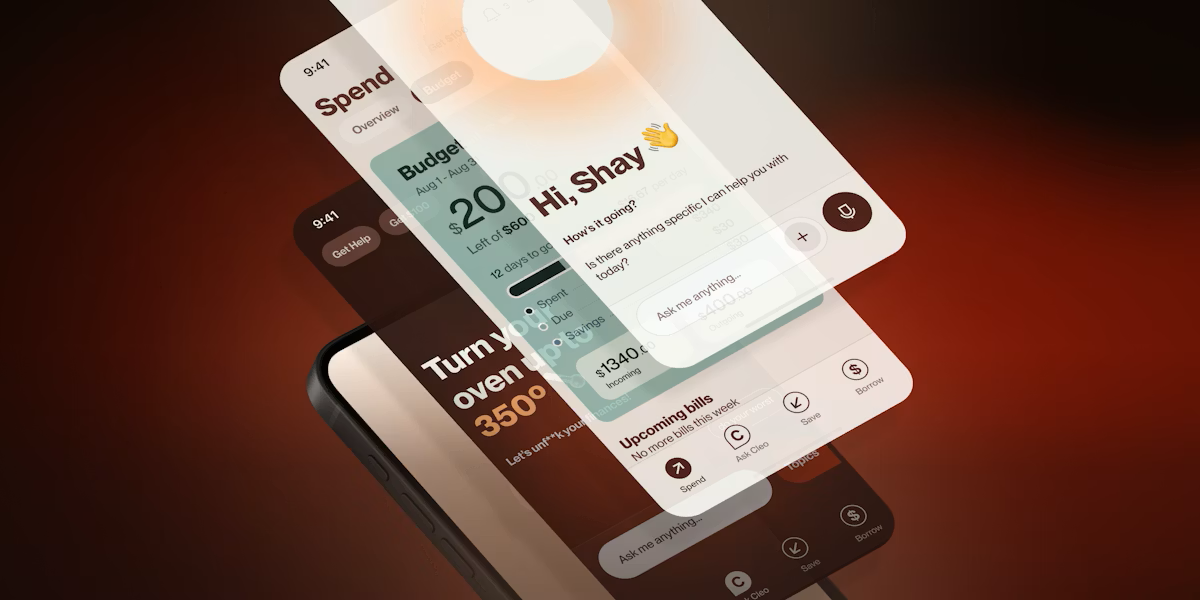Millennials (24–39 years old) are approaching a milestone birthday as the first in the generation turns 40. And as they age, there’s a chance they will become owners and beneficiaries of life insurance policies. Along with new life insurance policies come responsibilities to be aware of, like learning about key information that will ensure that benefits get paid when needed.
There is a clear need for better communication about life insurance policies across all generations, according to a new survey by the National Association of Insurance Commissioners (NAIC). When the beneficiary is younger and potentially newer to the experience, the issue is even more significant. Overall, 55% of millennials surveyed said they are listed as a beneficiary on a friend’s or relative’s life insurance policy, yet only 30% said they are prepared for that role.
Lack of preparation — i.e., sharing and being aware of basic information about policies—leads to millions of dollars in unclaimed benefits each year by beneficiaries who can’t find loved ones’ policies or don’t know they exist.
Beneficiaries Should Know Policy Basics
Millennials, who have grown up with cell phones and social media, recognize the power of communication and transparency. That’s good news for buyers and their beneficiaries, who need to significantly improve their game when it comes to sharing and being aware of information about life insurance policies. According to the survey, only 29% of millennial beneficiaries say they know where the policy is kept, 30% know the name of the insurance carrier, and 26% know the benefit amount.
Whether the millennial is the owner of the policy or the beneficiary, it can be helpful to consider the information as part of a three-part checklist that includes knowing the answers to:
- Who is the carrier?
- What is the benefit amount?
- Where is the policy stored?
To help consumers who do not have all the information that they need, there is a Life Insurance Policy Locator (LIPL) tool, maintained by the NAIC. The LIPL has helped match more than $1 billion in benefits since its introduction in 2016. It’s free to use and available online, eliminating the need to contact multiple companies or agents to find a policy or identify whether there is a policy.
Thanks for reading CPA Practice Advisor!
Subscribe Already registered? Log In
Need more information? Read the FAQs
Tags: Benefits



